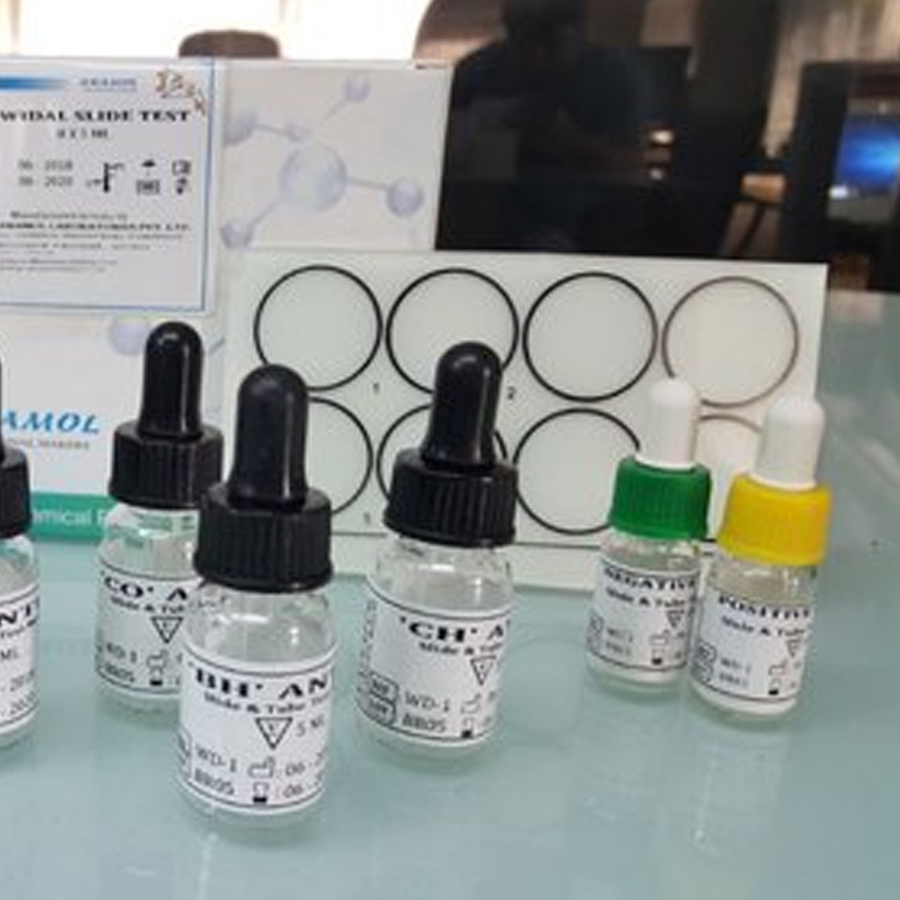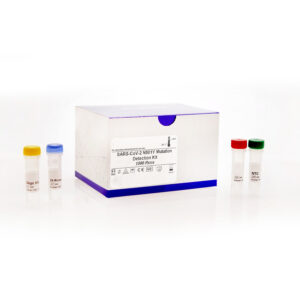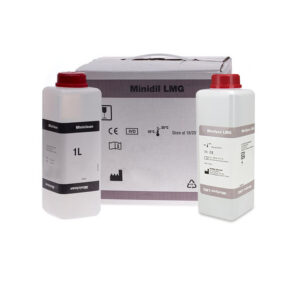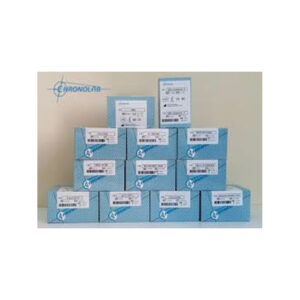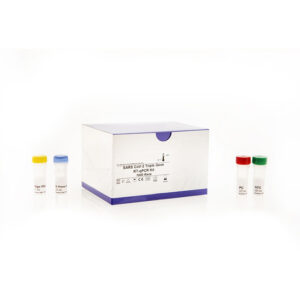Description
What is Widal Test (Slide Agglutination)?
Widal test (Slide agglutination) is a blood test which detects Enteric fever (Typhoid fever and Paratyphoid fever). Enteric fever is a systemic infection caused by bacteria, mainly because of the ingestion of contaminated food or water. This test is performed using the slide agglutination method.
Why is Widal Test (Slide Agglutination) done?
Widal test is performed:
- To diagnose Enteric fever (Typhoid and Paratyphoid fever).
What does Widal Test (Slide Agglutination) Measure?
The Widal test measures the titres of antibody against the bacteria which cause Enteric fever.
Typhoid and paratyphoid fever are generally acquired when you consume food or water, contaminated by feces of an acutely infected or convalescent person (recovering from disease) or a chronic, asymptomatic carrier. The incubation period (the time interval between exposure to an infection and the appearance of the first symptoms) of Enteric fever is 6-30 days.
Typhoid fever has a gradual onset. In the beginning, there is an increasing feeling of fatigue along with a fever which increases with every passing day. By the fourth or fifth day the fever may vary from low-grade to as high as 102°F–104°F (38°C–40°C). Known as the Stepladder fever pattern, this was once the hallmark symptom of Typhoid but is now witnessed in very few cases The patient may suffer from a headache, weakness, and loss of appetite. Abdominal pain, diarrhea, or constipation are common but not threatening. A transient rash of rose-colored spots can occasionally be seen on the trunk (Rose spots). The disease can last for a month, if untreated. Early diagnosis and treatment is important as life-threatening complications of typhoid fever generally occur after 2–3 weeks of illness and may include intestinal bleeding or perforation.
Paratyphoid fever is similar but often less severe than typhoid fever.
Widal test is an agglutination test to detect antibodies (agglutinins) in a blood sample against two antigens (O & H) of bacteria, Salmonella enterica. Agglutination refers to the visible clumping of particles when a particulate antigen combines with its antibody in the presence of optimum conditions for antigen-antibody reaction. When this test is performed on a slide, it is called Slide agglutination and when it is carried out in a test tube, it is called Tube agglutination. Widal test by Tube agglutination is recommended over Slide agglutination method. The antigens used in the test are “H” and “O” antigens of Salmonella Typhi and “H” antigen of S. Paratyphi.
Widal test should only be performed after the first week. The reason being the antibody against “O” and “H” antigens of Salmonella start appearing in serum at the end of the first week of fever. It is preferable to test two blood samples at an interval of 7 to 10 days to demonstrate rising antibody titres.


